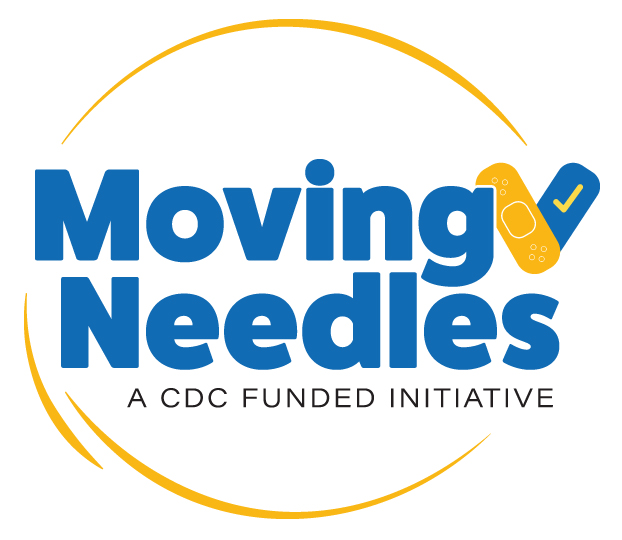Background:
Residents of long-term care facilities face significantly greater risk of contracting or dying from coronavirus disease 2019 (COVID-19). However, little is known about COVID-19 in assisted living communities (ALCs) and the potential determinants of its spread. We examined the association between COVID-19 cases in ALCs and the proportion of Medicare-Medicaid (dual) eligible minority residents, neighborhood area deprivation, and state COVID-19 policy stringency.
Methods:
We conducted longitudinal analyses employing data on confirmed COVID-19 cases in ALCs in 5 states. We sought to determine the weekly cumulative number of COVID-19 cases in ALCs. Covariates were ALC characteristics, area deprivation index, and state COVID-19 policy stringency. Multivariate 2-part models were used to determine the associations between independent variables and the likelihood of an outbreak and the overall count of cases.
Results:
In our study sample, 201 ALCs (7.04%) reported 1 or more COVID-19 cases as of August 17, 2020. A higher percentage of minority residents was associated with an increased likelihood of an ALC reporting at least 1 COVID-19 case (odds ratio [OR], 1.06; P = .032). Conditional on having at least 1 case, ALCs in states with stricter social distancing policies had lower case counts (incidence rate ratio [IRR], 0.98; P < .001). Greater neighborhood deprivation was associated with higher case count (IRR, 1.36; P = .049). Conclusions: ALCs with higher proportions of dual-eligible minority residents were more likely to have COVID-19 outbreaks within their communities. ALCs located in more socioeconomically deprived neighborhoods, and in states with less stringent state social distancing policies, tended to have more COVID-19 cases.


